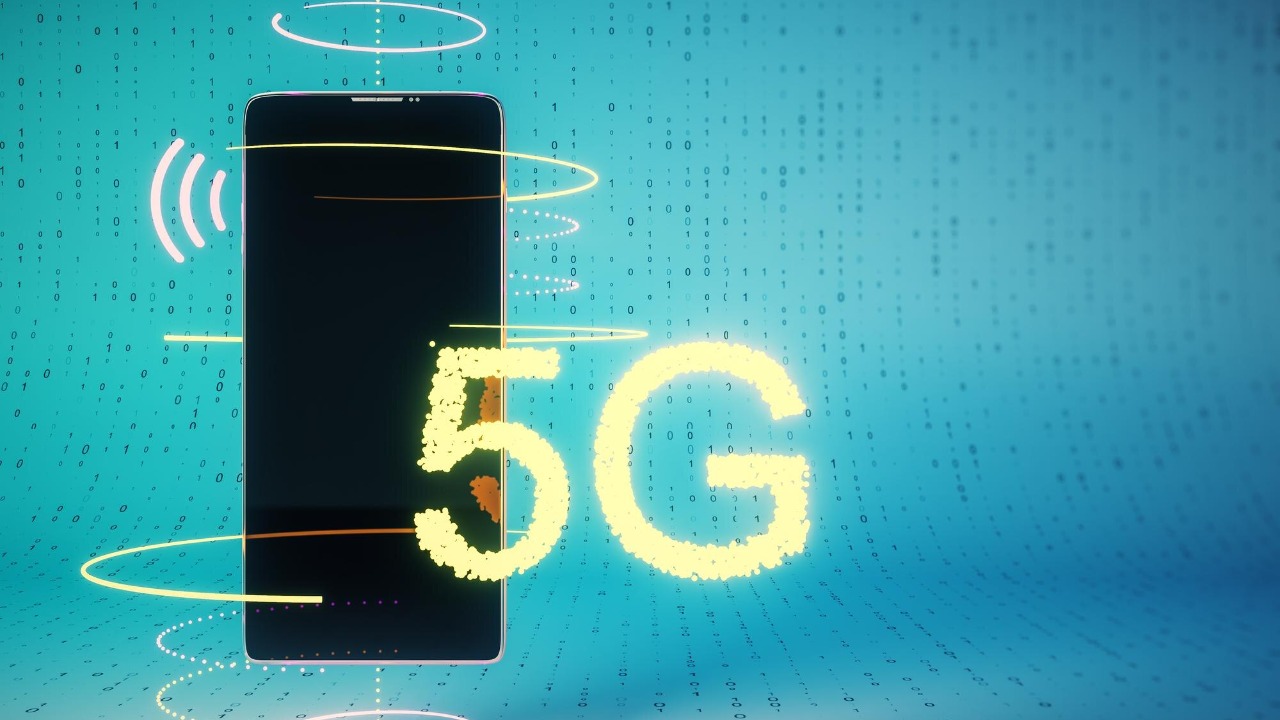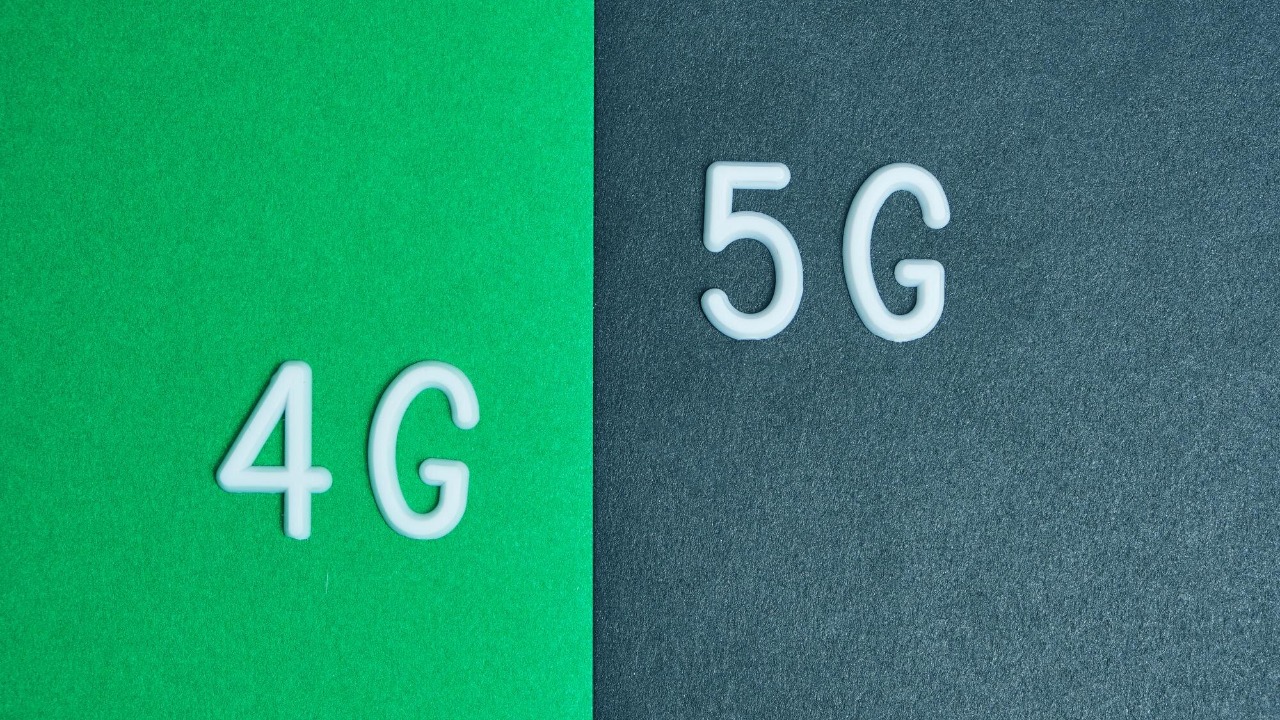
T-Mobile is set to begin phasing out its 4G LTE network in 2025, marking a significant shift towards prioritizing 5G deployment across the United States. This transition involves decommissioning LTE spectrum and infrastructure, which will impact users reliant on older devices. While customers with compatible 5G phones should experience minimal disruption, those using legacy 4G-only hardware may face connectivity issues as the network evolves. (T-Mobile Report; PhoneArena).
Understanding T-Mobile’s 4G LTE Phase-Out

The decision to sunset 4G LTE is driven by technical necessities, primarily the reallocation of spectrum bands previously used for LTE to enhance 5G coverage and capacity nationwide. As T-Mobile reallocates these resources, it aims to bolster its 5G network, which promises faster speeds and more reliable connections. This strategic move is part of a broader industry trend where carriers are shifting focus from older technologies to more advanced networks (Yahoo News).
This phase-out differs from past network sunsets, such as the ongoing 3G decommissioning by major U.S. carriers. LTE has served as a bridge technology, facilitating the transition from 3G to 5G. Now, with standalone 5G becoming more prevalent, LTE’s role diminishes, making way for a more robust and efficient network infrastructure. The transition underscores the rapid pace of technological advancement and the need for networks to evolve accordingly (MoneySavingExpert).
Among the affected LTE frequency bands is the 600 MHz low-band spectrum, which T-Mobile plans to repurpose entirely for 5G. This reallocation will begin in targeted markets, allowing the company to maximize its 5G offerings while phasing out older technologies. The strategic use of these bands is crucial for expanding 5G coverage, particularly in areas that have been underserved by previous network generations (Inkl).
Timeline for the LTE Sunset

The initial phase of T-Mobile’s LTE sunset will begin in 2025, focusing on the deactivation of non-essential LTE sites in rural and suburban areas first. This approach aims to minimize the impact on urban centers, where network demand is typically higher. By starting in less densely populated areas, T-Mobile can refine its strategy and address any unforeseen challenges before expanding the phase-out to larger markets (T-Mobile Report).
The rollout is expected to span several years, with projections indicating full LTE decommissioning by 2028 in most regions. This extended timeline allows customers ample time to upgrade their devices and for T-Mobile to conduct necessary network testing. The gradual approach ensures a smoother transition, reducing the risk of widespread service disruptions and allowing for adjustments based on real-world feedback (Yahoo News).
Key milestones in this process include pilot programs in select states like California and Texas during the first half of 2025. These programs will assess the performance of 5G fallback options and help T-Mobile fine-tune its network strategy. By focusing on these states initially, T-Mobile can gather valuable data and insights to inform its nationwide rollout, ensuring a more reliable and efficient network for all users (PhoneArena).
Impacts on T-Mobile Customers

For customers with 4G-only smartphones, the phase-out of LTE could lead to service disruptions, including loss of voice, data, and texting capabilities in areas where LTE is fully retired. This shift highlights the importance of upgrading to 5G-compatible devices to maintain connectivity. As T-Mobile continues its transition, users with outdated technology may find themselves increasingly isolated from the network’s full capabilities (Inkl).
Conversely, those with 5G-compatible devices stand to benefit from the network’s enhancements. T-Mobile’s infrastructure will maintain backward compatibility during the transition, ensuring seamless roaming on 5G for most plans. This compatibility ensures that users can enjoy the improved speed and reliability of 5G without experiencing significant interruptions in service (PhoneArena).
The phase-out also affects IoT devices and older equipment, such as smart home gadgets or tablets locked to LTE. These devices may require firmware updates or replacement to connect via 5G. As the network evolves, ensuring that all connected devices are compatible with the latest technology becomes increasingly important for maintaining seamless operation and connectivity (T-Mobile Report).
Steps for Preparing Your Device and Plan

To prepare for the LTE phase-out, customers should check their device compatibility through T-Mobile’s online tool or app. This verification process is crucial for determining whether a device supports 5G, particularly for models like the iPhone 12 series or Samsung Galaxy S21 and later. Ensuring compatibility will help users avoid connectivity issues as the network transitions (Yahoo News).
For those needing an upgrade, T-Mobile offers trade-in programs that provide discounts on 5G phones for eligible customers switching before the 2025 cutoff. These programs make it easier for users to transition to newer technology, ensuring they can take full advantage of the enhanced network capabilities. By participating in these programs, customers can mitigate the financial impact of upgrading their devices (MoneySavingExpert).
Finally, customers should monitor for official notifications from T-Mobile via email or the app. The carrier will provide at least six months’ advance warning for affected accounts in specific zip codes, allowing users ample time to prepare for the changes. Staying informed about these updates is essential for ensuring a smooth transition and minimizing potential disruptions to service (Inkl).